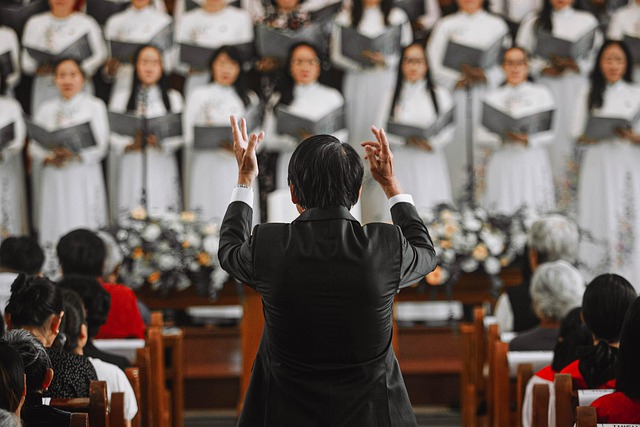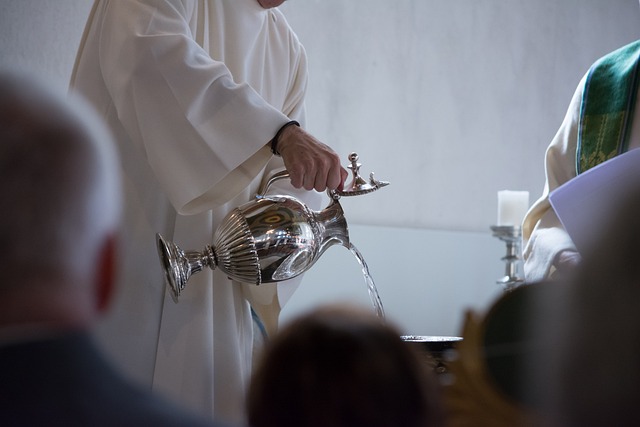Within the tapestry of human experience, few concepts resonate as profoundly as the idea of a sanctuary. These sacred spaces serve not only as physical locations but also as emotional and spiritual havens that offer comfort, tranquility, and a connection to the divine. Throughout history, religious rituals have found their essence within these sanctuaries, where adherents gather to express their faith, seek solace, and foster a sense of community.
The sanctuary is often the heart of religious architecture, embodying the beliefs and values of a particular faith tradition. From the ornate cathedrals of Christianity to the serene temples of Buddhism, these spaces are designed to inspire awe and reflection. The very act of entering a sanctuary can evoke a sense of reverence and introspection. It is a place where the worries of daily life fade into the background, allowing individuals to immerse themselves in a sacred atmosphere.
Life’s chaos can be overwhelming, filled with distractions and demands that pull us away from our spiritual selves. In moments like these, the sanctuary becomes crucial. It acts as a refuge, a space where one can step away from the noise and reconnect with the deepest parts of their being. Many religions incorporate rituals that manifest this sanctuary experience, whether through prayer, meditation, or communal worship. These rituals not only foster individual reflection but also strengthen the bonds among community members, providing shared experiences that emphasize the importance of faith.
Different faith traditions may have varied interpretations of sanctuary, yet the underlying purpose remains universal: to create a space where the sacred can be encountered. For instance, in Hinduism, temples serve as sanctuaries where devotees engage in rituals that honor deities and seek blessings. The careful arrangement of rituals, from lighting lamps to offering flowers, contributes to the profound sense of spirituality unique to these spaces. Here, worshippers often find not just a connection to the divine, but also a reaffirmation of their identity and beliefs within the larger tapestry of life.
In further exploring sanctuaries, we see that they often encompass elements that promote a sense of peace and reflection. Many incorporate natural elements like water, greenery, and light, welcoming individuals into a serene environment that fosters meditation and prayer. Churches, mosques, synagogues, and other places of worship use architecture and design to reflect their spiritual narratives, guiding believers through the sacred journey that unfolds within their walls.
Moreover, the concept of sanctuary transcends physical structures; it can also be found in the hearts of believers. The sanctuary is a state of mind where trust, hope, and love converge. In times of crisis, when loss and uncertainty weigh heavily on the soul, individuals often turn inward, seeking refuge in their faith. The rituals that arise from this inner sanctuary invite participants to find strength in vulnerability, allowing for communal healing and support. This inner sanctuary can be as vital as any physical location, where moments of contemplation and devotion provide the nurturing space needed for spiritual growth.
In celebrating the role of the sanctuary in religious rituals, we pay homage to the countless individuals who seek solace and spiritual guidance within these sacred spaces. They remind us that, regardless of our backgrounds or beliefs, we all yearn for moments of connection — to ourselves, to others, and to the divine. As we navigate the complexities of modern life, the sanctuary continues to offer a refuge for reflection, comfort, and renewal.
Overall, the interplay of sanctuary and ritual creates a rich tapestry of spiritual experience that nourishes the soul and solidifies community bonds. The next time you find yourself in a sanctuary, take a moment to fully immerse yourself in the serenity it offers. Allow the sacredness of that space to wash over you, reminding you of the important role these sanctuaries play in our spiritual journeys.



